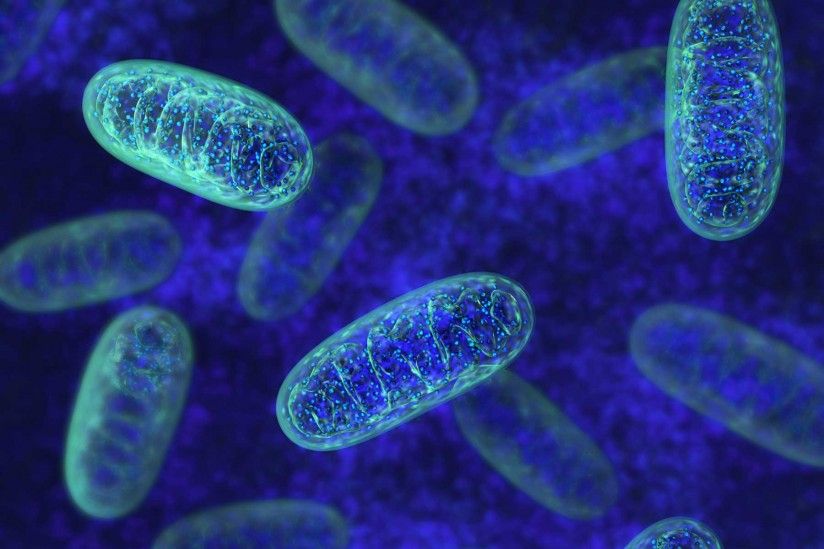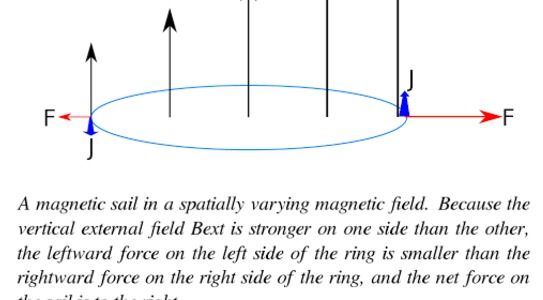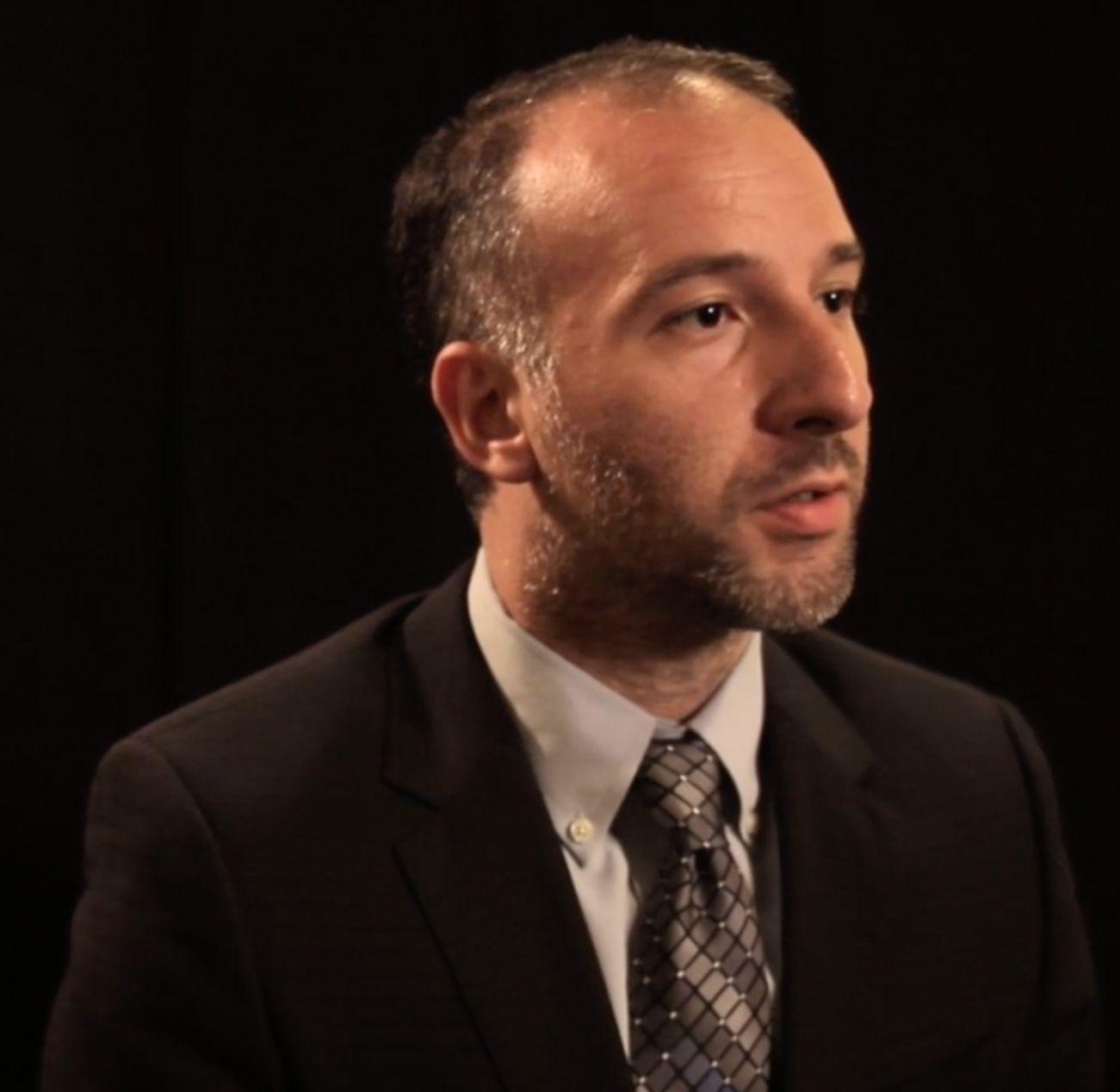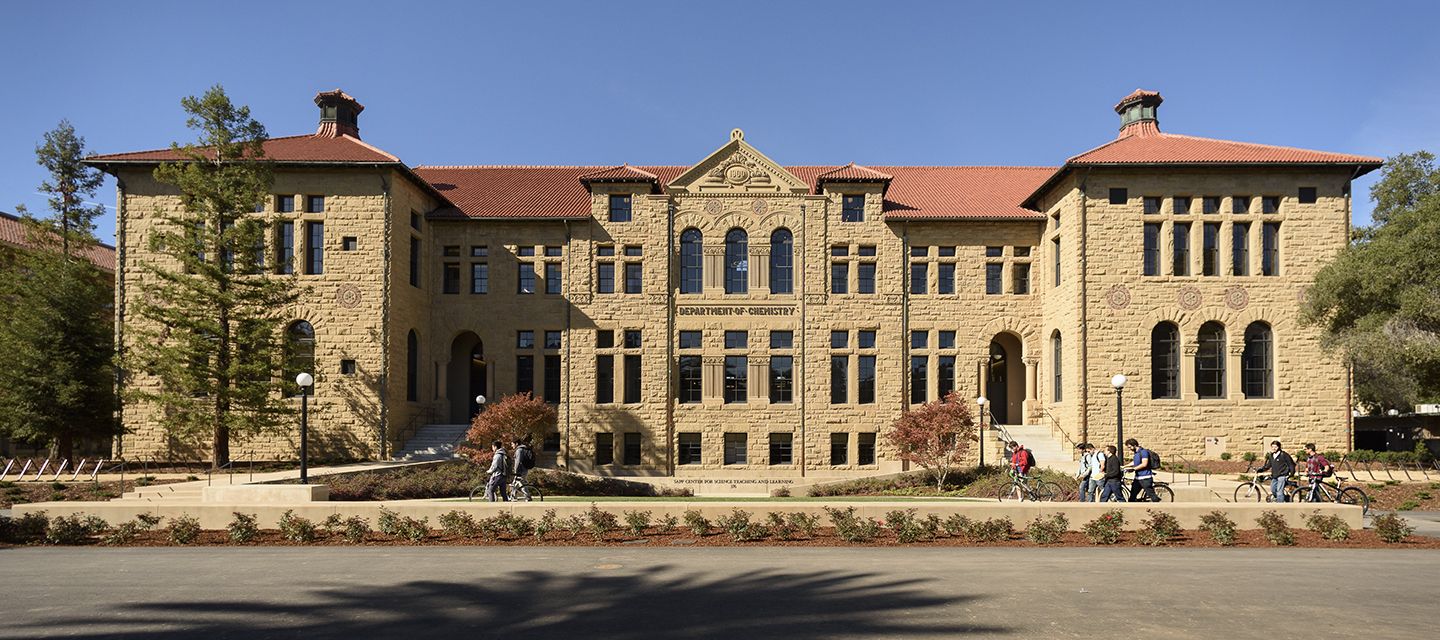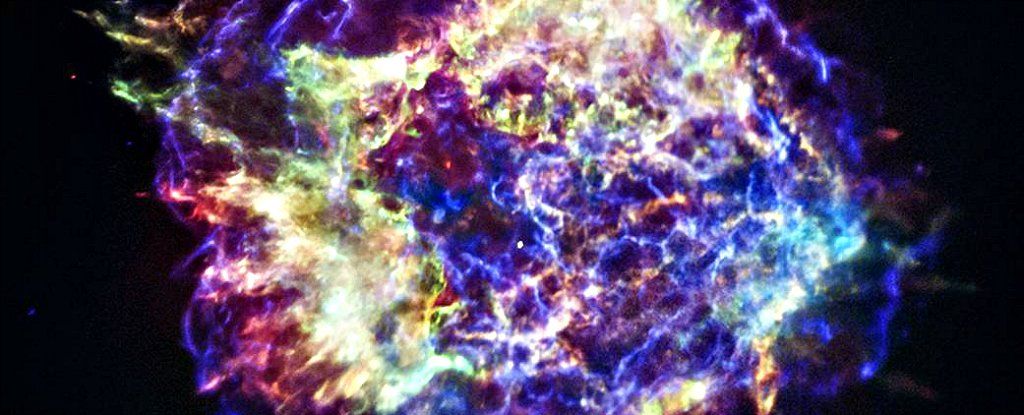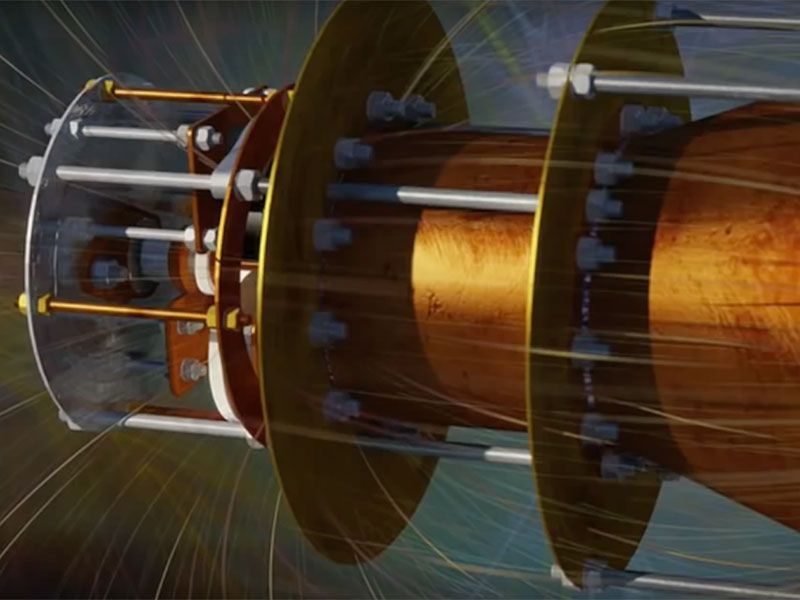Nov 9, 2016
Rejuvenation Biotechnology 2016
Posted by Steve Hill in categories: biotech/medical, life extension
One of the highlights this year was the SENS RB2016 conference which was live streamed and is available to watch right now if you missed if the first time around. Three days of exciting biotechnology smile
Although the event itself was invitation-only, our free live stream allowed viewers from 62 countries to enjoy a broad range of presentations on the emerging rejuvenation biotechnology industry and SRF’s critical role in driving forward the clinical translation of truly effective medicine for age-related disease.
Don’t worry if you missed it, though — the streamed videos remain available here!

